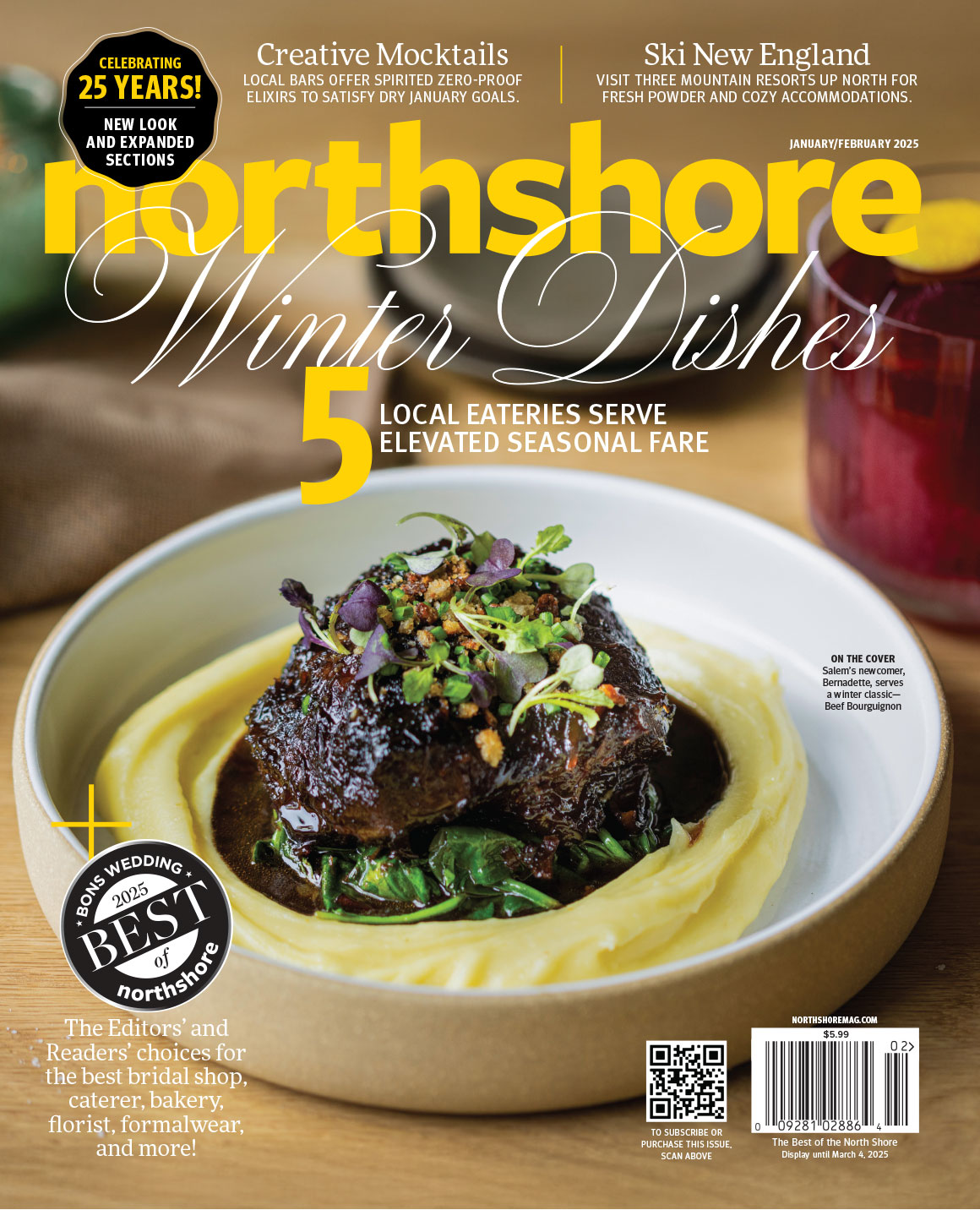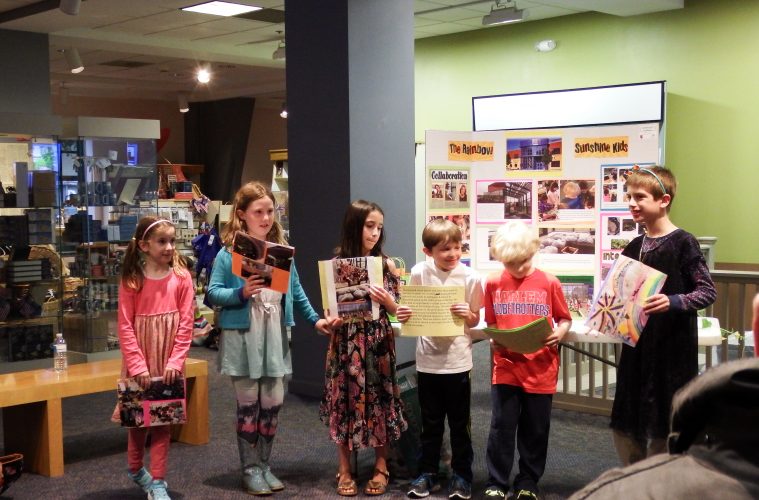Essex Heritage, in keeping with its long tradition of supporting the region’s unique historic, natural and cultural sites, was pleased to host a culminating event showcasing projects from the 2016-2017 Park for Every Classroom program.
As students and teachers across Essex County are wrapping up the school year, some are also celebrating their work with collaborative place-based, service-learning projects that utilize the rich heritage resources of the region. These teachers participated in the Park for Every Classroom program offered by Essex Heritage and the National Park Service.
Using the training they received, the educators worked with their students and community partners to implement unique projects that align with curriculum, engage in their local place, and serve a “real world” need. Four hundred ninety-seven students were served by the program this year. Some of those students, teachers and community partners showcased their work at the Salem Visitor Center on June 5 in a celebratory event.
2016-2017 Park for Every Classroom Projects:
Haverhill: Hill View Montessori Charter Public School students spent the year exploring energy sources and how they affect our local region. Among other activities, they visited Covanta to see how some energy is generated from trash, analyzed their own individual energy uses at home and school, and worked with the Northeast Urban Forest Advocacy to understand the benefits of their inventory of trees on campus. They shared what they learned at an Energy Fair celebration to create awareness about these issues in the larger school community. Teacher: Germaine Koomen
?Gloucester: Veteran’s School students became composting experts and advocates as they addressed food waste generated by the school community. Students worked with Backyard Growers and Black Earth Composting to understand the benefits of composting, created posters and presentations to share their knowledge, implemented and monitored lunch-time cafeteria composting, and used the compost they created to enrich the soil in their school garden. Teachers: Laura Smith & Mary Hosman
?O’Maley 6th grade students collaborated with the Cape Ann Museum and a local cartographer to create maps of their diverse Gloucester neighborhoods. Part of an effort to get the entire 6th grade community to come together as they experience their first year of Middle School, the project aligned with the curricular focus on geography. A collection of the students’ maps, called “Gloucester Through My Eyes,” is on display at the Cape Ann Museum. Teachers: Jessica Haskell, Marybeth Quinn, & Pat Hand.
Lynn: First grade art students at Lynn’s Connery school have been busy beautifying their environment. They took what they learned from a study of Eric Carle’s The Very Hungry Caterpillar in science and literacy class to create their own murals inspired by this work. They were encouraged by local artist Yetti Frenkel and have also taken inspiration from photographs of Lynn to show what they think is beautiful about their city through drawings. The students discovered how creating a beautiful space that reflects things you’re interested in is a great way to show pride in your community. Teacher: Emily Englehardt?
Marblehead: Fourth graders at the Village School have lead an effort to get the school garden back in use. They completed a needs assessment of the space in the fall and have reached out to many community partners to fulfill their vision that “it takes a Village to tend a garden.” Along the way, students have conducted soil analysis, and honed graphing, measuring, navigation, and writing skills as they tied their garden project work to curricular goals. They even formed an after-school garden club and have created a gardening blog to share their progress with the community. Teachers: Caitlin Welsh & Alexandra Hobson
Sixth grade students at the Village School have created a vision for an existing run-down outdoor classroom that far exceeds its current use. When they discovered that this wooded area near their school needed serious attention and care, they used persuasive writing and presentations to reach out to community members to help in the clean-up effort. Working with a local Eagle Scout and other partners, the students refurbished the space so that it is now accessible for the school community. They used the newly rejuvenated outdoor classroom to learn about invasive species from Marblehead high school students, and will host a performance of Hamlet there to celebrate their success. Teacher: Mary Miles
Peabody: High School art and forensic science students engaged the community in thinking about the Isabella Steward Gardner Museum heist and a heist of valuable Audubon prints housed at the Peabody Institute Library. Art students created works inspired by the Gardner paintings and Audubon prints while the forensic science students asked community members to think about different possible scenarios to explain how the heist occurred. Teachers: Sara Steffensmeier & Mae Taylor
Salem: When first and second graders at Carlton Innovation School discovered that the school’s greenhouse was not currently being used to grow plants, they decided to “put the green back in the Carlton greenhouse.” Taking a leadership role at the school and working with gardeners in the community, the students planted lettuce, tomatoes, cucumbers, spinach, and zinnias. They learned about plant needs and how different parts of the plants help it survive, and graphed plant growth over time. When their hard work resulted in a bountiful crop of new plants, the students decided to form the Rainbow Sunshine Kids Club to share their seedlings with community members. Teacher: Carolyn Townsend
EssexHeritage.org/park-for-every-classroom

